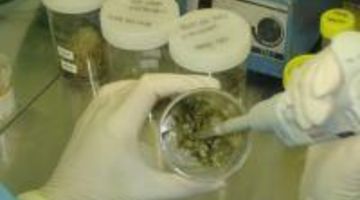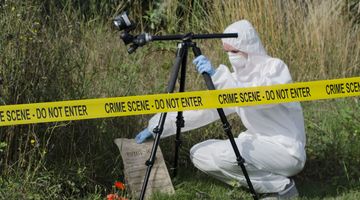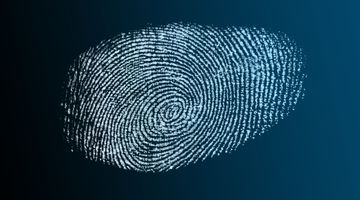

Forensic scientists collect or process trace evidence such as hair, skin, blood or semen samples that is found at crime scenes. Crime scene evidence can include a wide variety of substances such ...
READ MORE

DNA profiling is the process where a specific DNA pattern, called a profile, is obtained from a person or sample of bodily tissue Even though we are all unique, most of our DNA is actually ...
READ MORE

In 1995, New Zealand became the second country in the world to collect and store DNA profiles in a databank. Since then, forensic scientists and Police have used the national DNA Profile Databank ...
READ MORE

DNA is the most important component of chromosomes and is wound up very tightly within the nucleus of the cells of all living things. Every organism has a unique number of chromosomes. DNA in an ...
READ MORE

In this activity, students work through a series of slides to learn about the collection and processing of DNA evidence and use DNA profiling to solve a crime. The activity provides experience ...
READ MORE

In this unit plan, students develop a mobile evidence collection system to collect forensic evidence from a crime scene in a reliable, repeatable way. They are provided with some material for ...
READ MORE

Use this slideshow to solve a crime, and to learn how the collection and processing of DNA evidence and DNA profiling are used to solve a crime. Use the Slideshow menu for further options ...
READ MORE